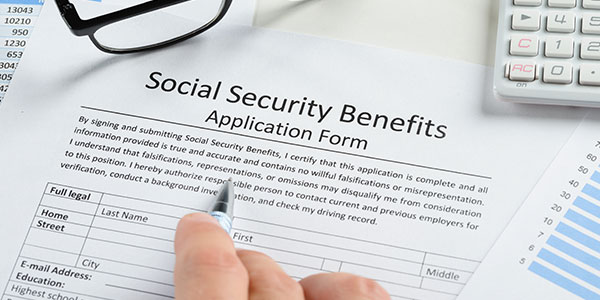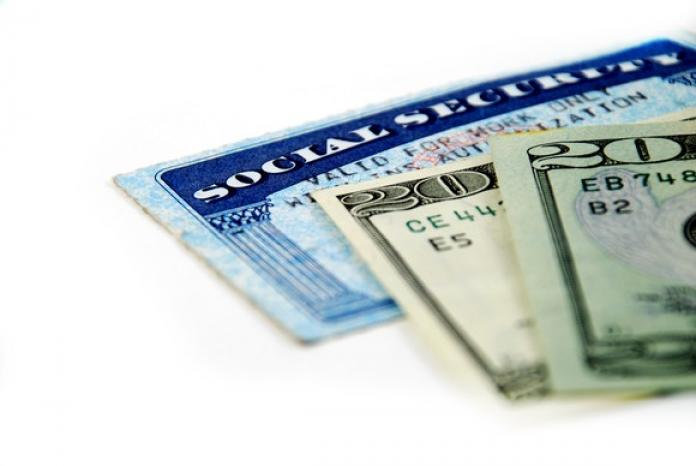Learn: Who Is Eligible for a Social Security Death Benefit?
Sep 23, 2022 By Susan Kelly
Introduction
The Death Benefit will be paid out in a single lump sum to a beneficiary. For many qualified beneficiaries, such as multiple eligible Children, the $255 lump amount would be distributed equally among those beneficiaries. The flat $255 fee is not adjusted for inflation and hasn't increased since the program began. Contact your local Social Security office by phone or visit them in person to apply for Social Security. There is no need to make an appointment; however, doing so may save the time you have to wait to submit your application.
Eligibility Criteria for Deceased Workers and Miners
Retired employees and miners are not eligible for Death Grants until 27.12.2017; however, if they have a relative who has died since then, they may be eligible for Death Grants. Moreover, dependents of deceased workers or miners who are receiving disability benefits from the Employee Old Age Benefits Institution (EOBI) or the Punjab Employees Social Security Institution (PESSI) are also eligible to receive the Death Grant (PESSI).
Employment is temporary only. Nonetheless, the miner or worker's family would be covered by Social Security or EOBI if the worker or miner died. Instances where registration isn't required. The company where the worker was employed must fall under either the Workers Welfare Fund Act 2019 or the Companies Profit (Workers Participation) Act 1968. To die a peaceful, natural, or physical death is acceptable. The deadline for the application is six months following the date of death. Nonetheless, the Workers' Welfare Fund Chairperson will award additional forgiveness if a valid excuse is provided.

If You Are Not Getting Benefits
Therefore, it is important to file for survivor benefits as soon as possible if you are not already receiving them, as benefits may not be retroactive in some situations.
If You Are Getting Benefits
- If your spouse or parent has passed away and you are collecting benefits on their record. The application process for survivor benefits is typically unnecessary. Once we have received the death certificate, we will immediately convert your monthly benefits into survivors' benefits. The Special One-Time Death Payment may be made without further action on your part.
- In the case of receiving retirement or disability payments on your record you must claim to receive survivors' benefits. We'll see if there's a higher benefit available to you now that your spouse has passed away.
Who Gets a Social Security Death Benefit?
The $255 death benefit, also known as a "lump sum death payment," is payable only to the beneficiary's spouse, children, or legally adopted children. A surviving spouse is given preference in the following situations:
- At the time of death, the widow(er) or widow(er) cohabited with the deceased. Even though they weren't living together, they still received spousal benefits based on the deceased's earnings. Although they lived apart, they could still receive survivor benefits under the deceased's name.
- Even if there is no surviving spouse to receive benefits, a son or daughter who meets the requirements for benefits based on the deceased's work record may be entitled to the lump sum payment if they are unmarried and either a minor, an adult offspring under the age of 18, or a disabled adult offspring over the age of 18.
- Once the death is reported to Social Security, the beneficiary's spouse or dependent children will typically receive their death benefits automatically. In any other case, the survivor must submit a claim for the death benefit no later than two years after the deceased's date of death.
How Much Do Widowed Spouses Receive?
Since wives typically earn less than their husbands and women tend to outlive men, survivors' benefits from Social Security are especially important to women (95% of survivors are women). If a retired worker passes away, their spouse will receive a benefit equal to their full retirement payout.
However, this benefit may significantly reduce the widow's or widower's monthly household income because only one Social Security benefit is now arriving (whichever is higher), rather than the two benefits the couple received before the spouse's death. In particular, retired women who have worked and paid into Social Security may find that their benefits are insufficient to cover the steadily increasing costs of living that come with age.

Conclusion
If the deceased Service member's spouse was living with them or, if they were divorced or separated, was receiving certain Social Security benefits on the record of the deceased Service member, the surviving spouse may be eligible for a lump sum payment of $255.

Susan Kelly Dec 30, 2022
Insurance For The Loss Of Use And Coverage For Extra Living Costs

Susan Kelly Oct 27, 2022
Understanding of Company’s Float

Susan Kelly Aug 23, 2022
Insurance Companies vs. Banks: Comparing and Differentiating

Triston Martin Nov 15, 2022
All About Wealth Tax

Susan Kelly Jan 12, 2023
Which Student Loan Rate Is Best For You

Susan Kelly Jan 05, 2023